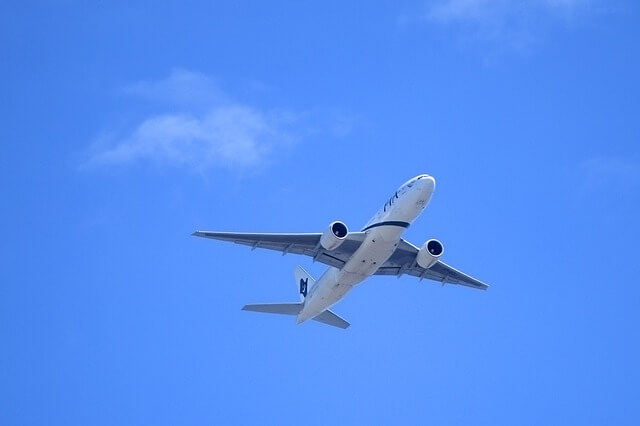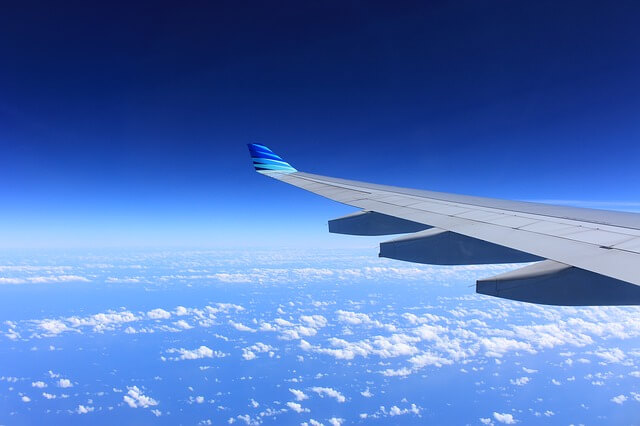Inflight WiFi is one of those privileged services which has been delivering lesser than it claims it is. Today, connectivity is much more important than a bad flight or a meal (at least you get to tweet about them). But how can can you afford for it? Today in this article we look into how Inflight WiFi works and if its worth paying some $50 for it.
How Inflight WiFI Works:
To understand if this service is overpriced we investigate the technical details of Inflight WiFi services. The key problem with the architecture of this system is, there are only two possible methods through which Inflight WiFI can be set up and both these methods have a chunk of downsides.
In one of these methods the primary problem is the connectivity with ground stations. To understand this methodology better let’s look at how GoGo (US Inflight WiFi Provider) tackles the issue at hand. GoGo has set up a multitude of 3G ground stations all across US and planes passing over these towers communicate with these towers. The downside in these sequence of events is the limited bandwidth. If you have read anywhere on the Internet don’t get disguised by the 3.1 Mbps you see, it isn’t per customer its for the entire plane. For those who are weak in this concept with 3.1Mbps bandwidth across the entire plane, you could give away watching videos or even songs! If it were a not-so-busy day for the airplane, you could browse without your connection breaking down due to excess traffic.
But this isn’t even the entire deal. There are always chances of interruption and signal crossover delays between towers; and not to forget what happens when the plane flies over oceans. That’s something you can’t let go unnoticed.
Just like they say, if there’s a problem there will be a solution; this above mentioned problem gave route to the development of the second architecture i.e by bringing satellites into the act. Most of these satellites operate in the legacy L-band which is both slow and expensive. The others are based on the Ku-band which are offer better performance and a bit economical. Though comparatively expensive these satellite services offer uninterrupted access even in the middle of the ocean. FlyNet Systems of Lufthansa advertise speeds of 50Mbps which is a better alternative, even if you don’t get speeds as advertised.
With time, many startups and enterprises have taken this model into consideration and are working towards building systems with better throughputs. Only then can we see a fall in the access charges. So to conclude it paying $50 is out of question its all about waiting for the future to bring in better services at more affordable prices.


